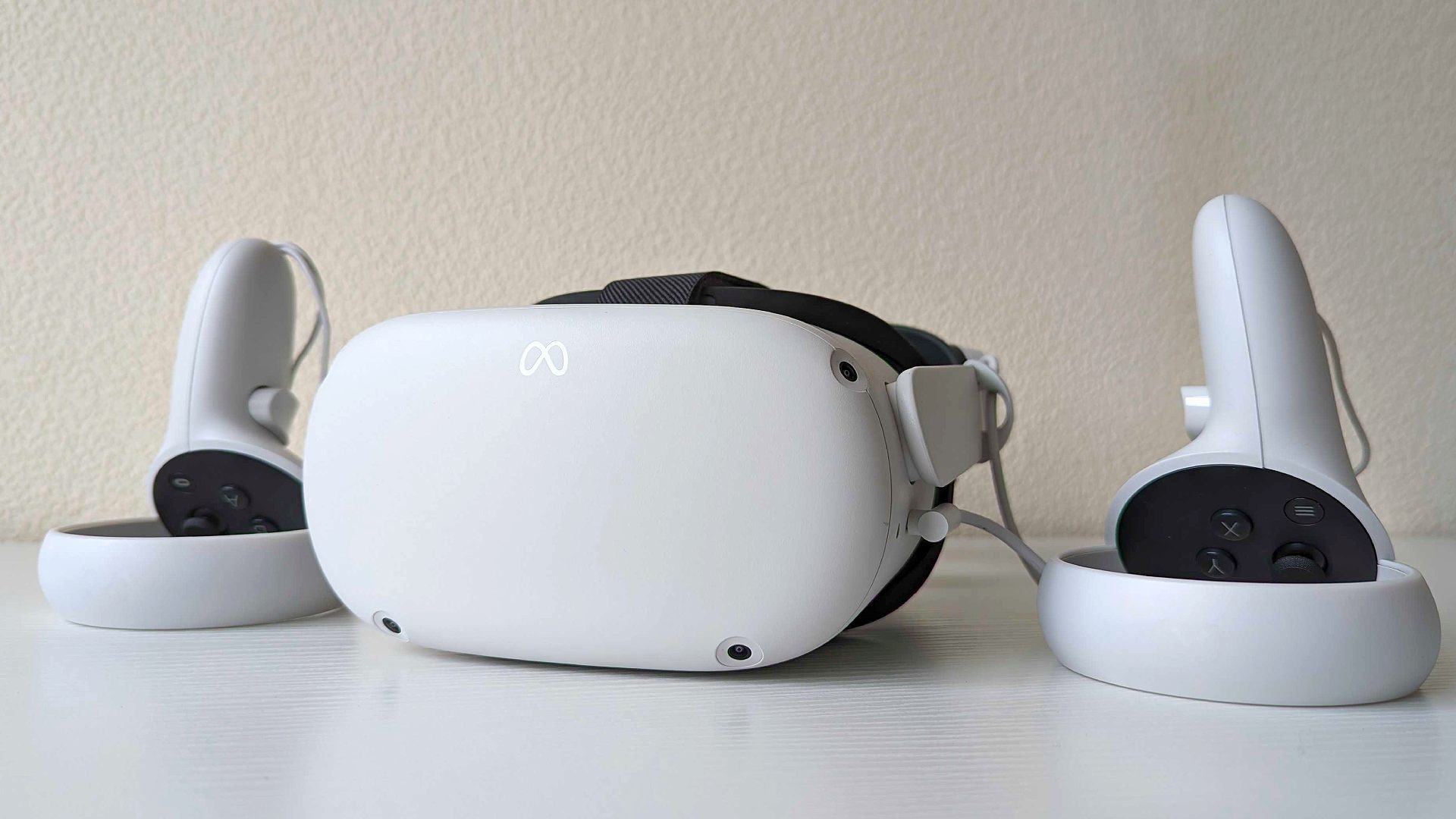Hardware Input refers to the devices and peripherals that allow users to interact with their computers and other digital devices. These devices have received significant improvements in recent years, making them more efficient, accurate and user-friendly. In this article, we’ll explore the progress of input hardware types, including keyboards, mice, touchscreens, and more.
Keyboards
Keyboards have been a primary input device for computers for decades. The early keyboards were bulky and had limited functionality. However, modern keyboards are designed with ergonomic features and are more compact, lightweight and responsive. Some keyboards now feature programmable keys and backlighting, which allow users to customize their keyboard for specific tasks.
Mouse
The computer mouse is another essential input device that has received significant improvements. Early computer mice were clunky and limited in functionality. However, modern computer mice are wireless, have multiple buttons, and come in various sizes and shapes to fit users’ needs. They also feature advanced sensors and tracking technology that make them more accurate and responsive.
Touchscreens
Have become increasingly popular as an input device, especially for mobile devices such as smartphones and tablets. Touchscreens use capacitive or resistive technology to detect and respond to user input, such as tapping and swiping. Touchscreens have revolutionized the way we interact with our devices, allowing for intuitive and responsive input methods.
Stylus
Stylus pens are input devices that have become increasingly popular with the rise of touchscreens. They allow users to interact with their devices more precisely than with their fingers, making them an ideal input device for digital artists, designers, and note-takers. Styluses are now available in different sizes, shapes, and materials to fit users’ needs.
Game controllers
Game controllers are specialized input devices that are designed for gaming. They come in various shapes and sizes, including joysticks, gamepads, and steering wheels. Modern game controllers have advanced features, such as motion sensors, haptic feedback, and programmable buttons, which allow for a more immersive and responsive gaming experience.
Voice recognition
Voice recognition technology has become increasingly popular as an input device. With voice recognition, users can interact with their devices using voice commands, which is particularly useful for hands-free tasks such as driving or cooking. Voice recognition technology has significantly improved in recent years, allowing for more accurate and responsive voice commands.
virtual reality
Virtual reality (VR) is a technology that allows users to interact with digital environments through specialized VR headsets and controllers. These input devices use advanced motion sensors and haptic feedback to create a realistic and immersive experience. VR input devices are still in their early stages, but they show great potential for revolutionizing the way we interact with digital environments.
Conclusion
Hardware inputs have come a long way since the early days of computing. Today, users have a wide range of input devices to choose from, each designed to fit specific needs and preferences. From keyboards and mice to touchscreens and VR controllers, hardware input has received significant improvements in terms of functionality, accuracy, and user-friendliness. As technology continues to evolve, we can expect even more innovative input devices that will change the way we interact with our digital devices.

